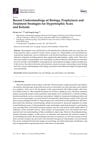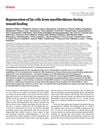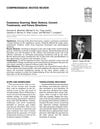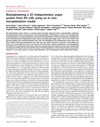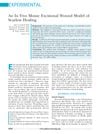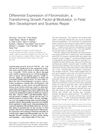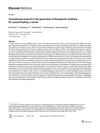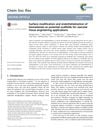Fibroblasts in Scar Formation: Biology and Clinical Translation
January 2022
in “
Oxidative Medicine and Cellular Longevity
”
TLDR Fibroblasts are crucial in scar formation and wound healing, with potential therapies aiming for scarless healing.
The document examined the role of fibroblasts in scar formation and wound healing, emphasizing their contribution to ECM production and wound contraction, with myofibroblasts being crucial in scarring. It highlighted the involvement of TGF-β and miRNAs in fibroblast differentiation and ECM secretion, suggesting that targeting these pathways could prevent pathological scarring. The study also explored the connection between fibroblasts and cancer-associated fibroblasts (CAFs), indicating shared mechanisms between scarring and cancer progression. Despite advances in fibroblast-related technologies, such as nanoscale materials and exosome therapies, effective scar-free healing strategies remained elusive. Clinical trials, including one with 109 patients, showed promising results for autologous fibroblast treatment in acne scarring, but challenges persisted in fully understanding fibroblast mechanisms.


